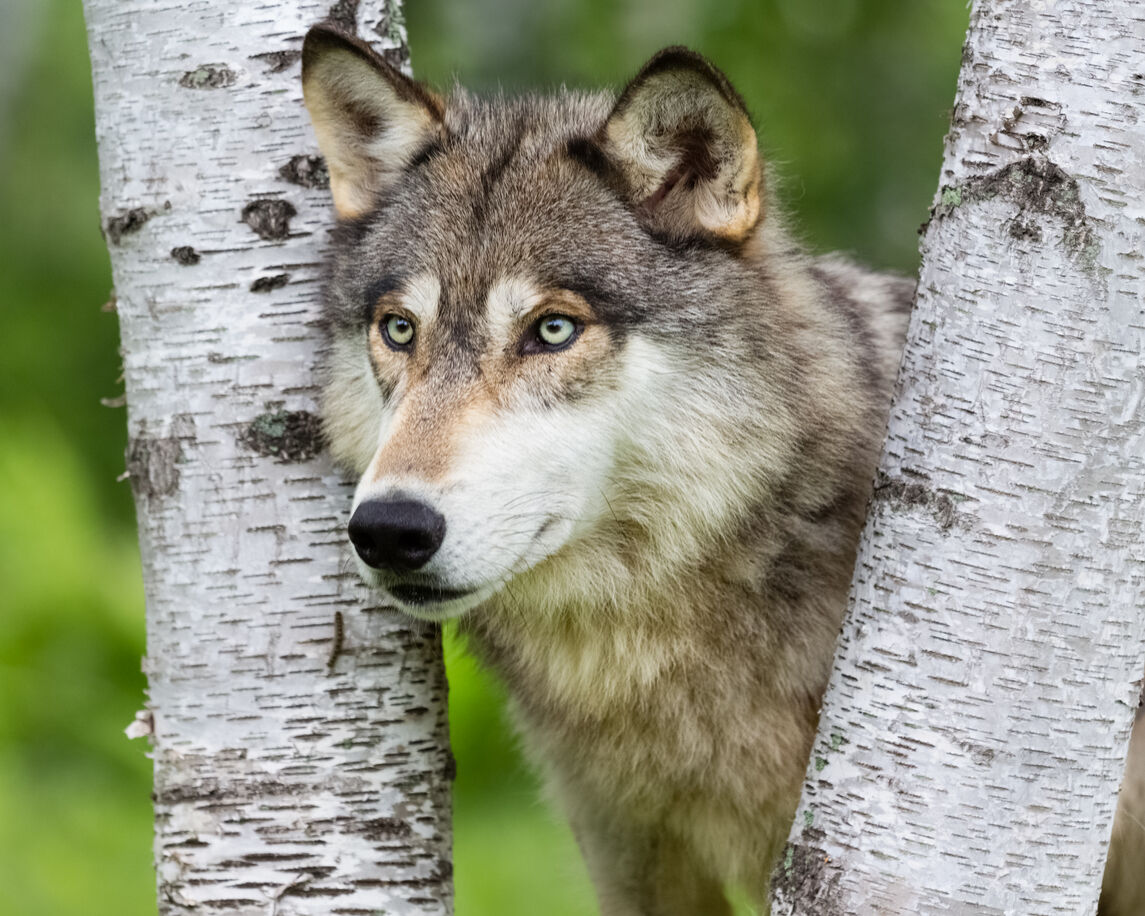Does the presence of wolves impact the health of aspens? Debate continues

The trickle-down effect of changes within an ecosystem can often be surprising and impactful. With that in mind, one related topic of discussion has long been that of whether or not the presence (or addition of) an apex predator may change the natural landscape – from how rivers flow to population numbers of other species to the health of local flora.
In a recent report from Seth Boster of the Colorado Springs Gazette, the potential impact that wolves have on the health of aspens is explored – relevant as Colorado approaches the two-year mark for when the first gray wolves were formerly reintroduced into the state.
Boster’s report details how some believe that the presence of wolves can mean fewer “browsers” like elk, which in turn may help to improve the health of a forest. With fewer elk to eat aspen saplings, for example, more of those saplings may have a chance to grow into adult trees. Granted, that suggestion is hotly debated, too, with some questioning whether the link is as direct as it tends to be portrayed and others pointing out that while a connection seems to be present in some places, it’s not as certain in others.
In other reporting, Colorado Parks and Wildlife has said that over-browsing is “not a widespread issue that is a concern” with others saying the “question of impact is premature.”
Studying trophic cascade has long-proven to be difficult, as many factors are often at play.
For a more in-depth read on this topic and ongoing research, dive into the full report from Seth Boster here.
STAY INFORMED: Get free Colorado news with our daily newsletter (Click here)
Get OutThere
Signup today for free and be the first to get notified on new updates.






